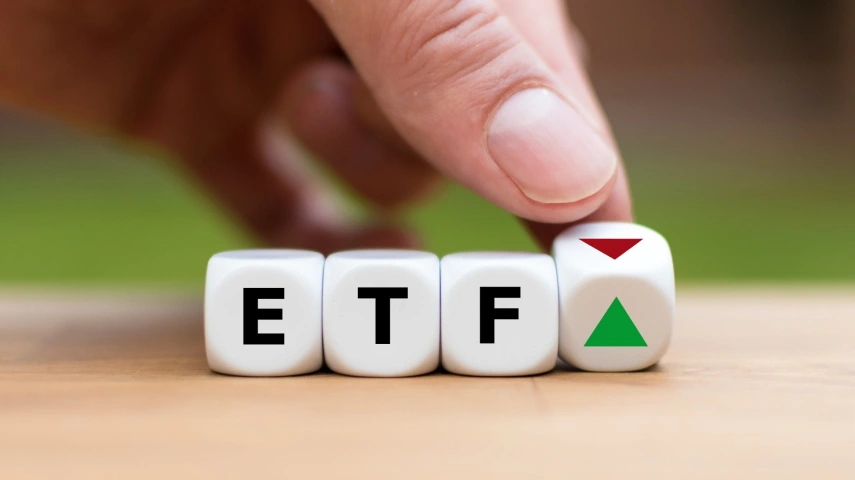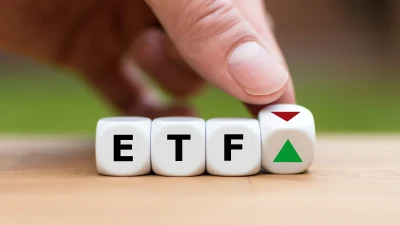Are active ETFs the next growth pathway?



Despite a surge in active ETF listings, more than 85 per cent of assets are going into index-tracking funds, according to Vanguard.
Some $6.7 billion was added to ASX-listed ETFs in July, which was more than the combined assets added in May ($1.9 billion) and June ($2.5 billion).
Out of a total $17.5 billion added since the start of 2024, some $15 billion has flowed into index funds. The remainder of the flows was largely reflective of the conversion of an unlisted actively managed fund into an ETF product which added $2.5 billion.
In total, there are currently 243 index-tracking ETFs and 114 active ETFs.
The year-to-date figures compare to $16.7 billion invested in index funds during 2023 and $1.8 billion into active funds.
“When you look at the monthly data and break down the investor cash flows into passive (index) ETFs versus cash flows into active products, you can see that index-tracking funds have been taking the lion’s share of inflows over a long period of time,” said Adam DeSanctis, Vanguard’s head of ETF Capital Markets, Asia Pacific.
“You can also see that the growth in active assets under management has been quite staggered, mostly as a result of several large companies having chosen to turn their unlisted funds into ETFs. They are the same funds as before, but now they’re trading through an active ETFs structure.”
However, research by State Street named the growth of active funds as one of its top trends set to fuel the rise of ETFs globally next year. Currently, 93 per cent of global assets sit in index funds compared to just 7 per cent in active ones.
But 28 per cent of respondents to its survey said growth in the number and use of active ETFs would have the most significant impact on the ETF industry through 2025.
It said 2023 was a record year for active ETF flows, with active ETFs accounting for 20.3 per cent of global ETF inflows.
As a result, State Street said it expects active ETFs to “take centre stage”, especially in Asia Pacific.
“In Asia Pacific specifically, while active ETFs only make up 4 per cent of the region’s current ETF market, they’re predicted to grow at a staggering 37 per cent compound annual growth rate in the next five years.
“Investors tend to associate ‘active’ with ‘alpha’. While exploiting market inefficiencies to pursue excess returns is one inherent draw, many investors choose active ETFs for their ability to produce specific outcomes in a transparent, liquid and tax-efficient manner.”
Recommended for you
Clime Investment Management has welcomed an independent director to its board, which follows a series of recent appointments at the company.
Ethical investment manager Australian Ethical has cited the ongoing challenging market environment for its modest decrease in assets over the latest quarter.
Commentators have said Australian fund managers are less knowledgeable compared with overseas peers when it comes to expanding their range with ETFs and underestimating the competition from passive strategies.
VanEck is to list two ETFs on the ASX next week, one investing in residential mortgage-backed securities and the other in Indian companies.















